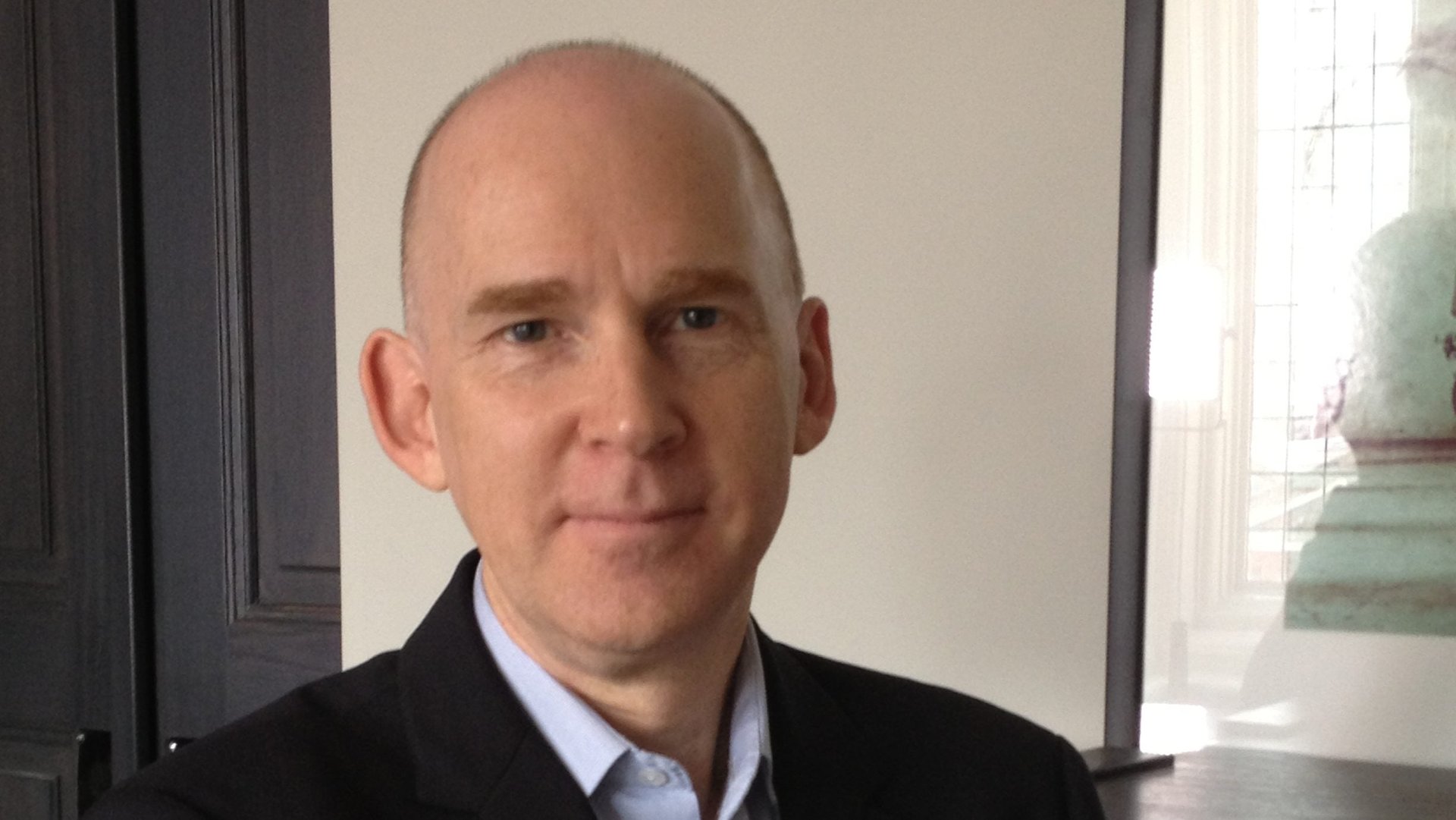This is your brain on Robinhood
John Coates probably knows more than anyone else about the interplay between hormones and financial markets.


John Coates probably knows more than anyone else about the interplay between hormones and financial markets.
The former derivatives trader is the author of The Hour Between Dog and Wolf: Risk Taking, Gut Feelings, and the Biology of Boom and Bust. Before he trained in neuroscience and endocrinology at the University of Cambridge, Coates got a PhD in economics there and then worked on trading desks at Goldman Sachs and Deutsche Bank. He says he switched from Wall Street to science because the biology of financial risk-taking was fundamentally misunderstood.
The idea that trading is purely intellectual is wrong, Coates writes, because it leaves out the connection between our bodies, the “emergency network of physiological circuitry,” and the brain. Steroid hormones like testosterone can boost confidence during times of stress, and they’re part of a system of “gut feelings” needed for speedy decisions. But the chemicals can also overwhelm us, inspiring the strutting, irrational invincibility of a trader during a bubble, as well as a prolonged, unreasonable fear of risk in the aftermath of a crash. Hormones could very well be making booms and busts worse than they need be.
Coates now studies traders in the wild as a senior research fellow in neuroscience and finance at the University of Cambridge. He spoke with Quartz about the boom in retail trading, “prosthetic gut feelings,” and a way to avoid bubbles and crashes. The conversation was edited and condensed for clarity.

Quartz: Does your research apply to everyday retail traders or just to professionals?
Coates: I think it applies more so to retail, because they haven’t got the extensive experience in risk management behind them to dampen these swings in risk preferences. So my guess is that the people on the Robinhood platform—although I think that should be taken as a generic term applied to all retail right now—they’re punting their savings in the market and so far, getting it right. They’re probably getting a real high off of it, which is making them more risk-seeking than they were before.
So I think the mechanisms I described in the book and in the research I’ve conducted probably applies more to them than it does to the professionals.
Some reports suggest that modern brokerage apps like Robinhood have learned from the attention economy: They’ve taken the endorphin boosting thrill of trading and merged it with psychological tricks that social media apps purportedly use to keep us engaged. Does that seem plausible to you?
The design of your screens has a huge effect on risk-taking decision making and I’m appalled at how little has been done on it. Visual neuroscience is a very sophisticated field, and there doesn’t seem to be any borrowing from it at all in the design of screens. Right from really simple things, like how to group information so you can take it in at a glance, to more difficult but obvious ones, like how you design screens that minimize fatigue.
But you could also design screens that lean against this dopamine effect of gaming and uncertain rewards.

Given your research on testosterone, which is more prevalent in young men, should it be a red flag if a lot of young men flock to a certain brokerage app?
That’s interesting. I guess there’s a number of reasons for red flags to be going up in that situation. The testo acts as a bit of a multiplier, turbocharging the dopamine effect. So there certainly could be something there.
You’re sort of convincing me that I should take a closer look at these apps.
How does diversity play into this?
I don’t say this to be politically correct, but the markets are more stable the more diverse the opinions are. If everybody has the same opinion then you get bubbles and crashes. You need sellers for every buyer to calm things down, and you kind of get that when you have young and old men and women.
When I say that, I’m basing it on my experience in markets, as well as the physiology research I did. I can see how the markets could benefit from it.
If you ran a trading desk now, would you check your traders’ hormone levels each day?
I wouldn’t do anything to do with biochemistry, at least not yet. It’s too invasive. But there’s the world of wearables. We just finished a year-long project with one of the big asset managers, and we had almost 100 portfolio managers and employee traders and employees wired up with wearable tech.
The wearable tech is getting very respectable, particularly the stuff that’s designed not for the consumer market, but for the medical market. And you can get really useful variables like high-quality heart rate variability, changes in that over time. There’s a ton of information in that.
There’s a couple of companies I’m working with that in the next couple of years will be able to get into biochemistry, non-invasively, and that’s when that gets interesting. We’re approaching the next five years as a world where we’ll be able to access an unbelievable swath of our physiology. That’s going to help enormously.
Prosthetic gut feelings, which are the wearable tech.
Could that make traders’ bets and forecasts more accurate?
We are producing these incredibly accurate predictive signals through our physiology, but we haven’t thought about accessing them. There’s an urban legend of gut feeling, of good traders having hunches and intuitions and things like that. It’s kind of pointing in the right direction.
There’s this branch of physiology called interoception, and that’s being aware of the signals from your body. Interoception is the technical name for what is colloquially known as gut feelings. They are real signals and they’re incredibly accurate. Probably more accurate than anything that is coming out of conscious rationality. But who the hell ever thought of accessing those kinds of signals.
How do we avoid bubbles?
The problem central bankers have always had—they usually know when a thing is a bubble. The trouble with the blunt tools they’ve got is that if they raise rates to kill the bubble, they can also kill the real economy.
There’s a passage in Keynes’s Treatise on Money when he says it’s “a conundrum, the solution of which is beyond the wit of man.” It really does frame the problem. But I’ve always thought the problem has been framed like that because it’s assuming you’ve only got one policy tool, and that is the level of interest rates. But in fact the Fed has got three policy tools. They’ve got the level of rates, they’ve got the variance of rates, and they’ve got the uncertainty surrounding their intentions.
Now, with the invention of forward guidance, and moving in small increments that are well telegraphed to the market, they have relinquished the latter two policy tools, and those are ones that are particularly effective at targeting a bubble and leaving the real economy alone.
When we have a bubble, if they forgo forward guidance and pull a Volcker, that has just tremendous effects on risk preferences. I think having a Federal Reserve that is hiding its intentions and moving in an unpredictable way probably has more effect on risk taking than actually raising the levels.
Do you trade now?
The trading app I’ve got on my phone—it’s more sophisticated and has better bid-offer spreads than I had when I started at Goldman Sachs. I’m just thrilled with it.